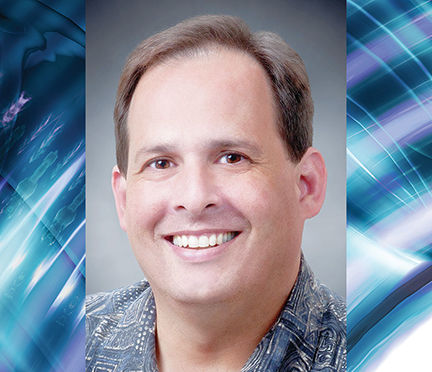The Board of Education in December voted unanimously to adopt the update and extension of its strategic plan, which will be used to guide Hawaii’s Department of Education for the next three years. While the plan was adjusted to meet
The Board of Education in December voted unanimously to adopt the update and extension of its strategic plan, which will be used to guide Hawaii’s Department of Education for the next three years.
While the plan was adjusted to meet shifts in federal accountability and support student achievement, it appears to be too vague and broad, says the leader of a teachers association, and doesn’t detail what the state is actually planning to do to improve education in the state.
“The problem that we have with it is that it has broad values and it has nothing to indicate that the strategic plan is going to change common practices,” said Corey Rosenlee, president of Hawaii State Teachers Association. “We feel that the current practices are opposite of what the strategic plan is saying.”
Rosenlee said the strategic plan doesn’t address the real issues surrounding Hawaii’s educational problems.
“We said in our testimonies that this has to have actual proposals of what the DOE is going to do otherwise, there’s nothing that we can have a conversation about for our schools,” he said. “If we’re just saying that it provides students a learning environment and a caring space with high quality learning, who’s going to disagree with that? But what are we going to do with that? That’s where policy comes into the conversation, and that was not occurring.”
Lindsay Chambers, DOE spokeswoman, said she understands where Rosenlee is coming from, but said that having specific, detailed plans that will be implemented in every school wouldn’t be fair.
“Every school is different,” she said. “Schools are empowered to choose the various strategies and activities that will produce the outcomes they need in order to meet the indicators outlined in the strategic plan. It’s full circle.”
Chambers said that even with a new plan in place, testing is a federal law. Even with the new Every Student Succeeds Act being implemented next school year, testing will continue.
With the plan approved, the next step is implementation.
Rosenlee said when there is an implementation plan in place, discussions between the teachers association and state can begin.
However, he said he hasn’t seen an implementation plan of any kind and his biggest concern is that the implementation plan will be a “continuation of current practices.”
By current practices, Rosenlee said he is referring to federal education guidelines that stem from No Child Left Behind, which he said will still have a place in the new plan.
But Chambers said that comparing NCLB to the new plan isn’t “apples to apples”.
“One is federal law and the other is a plan that provides a common foundation of expectations and supports for public education. For example, a vision statement,” Chambers said.
Rosenlee said HSTA has been advocating to move on from standardized testing to authentic assessment, similar to project-based learning. He said he doesn’t see that change happening in the new plan.
Rosenlee cited funding issues and teacher turnover as more concerns for HIDOE that need to be resolved before anything else, including the plan, can be fixed.
“You could have all the plans you want to, all the innovation you want to, but if you don’t have a teacher in the classroom who’s qualified, what matters?” he said. “We have to fix those problems first and I feel that the strategic plan does not achieve that goal.”


